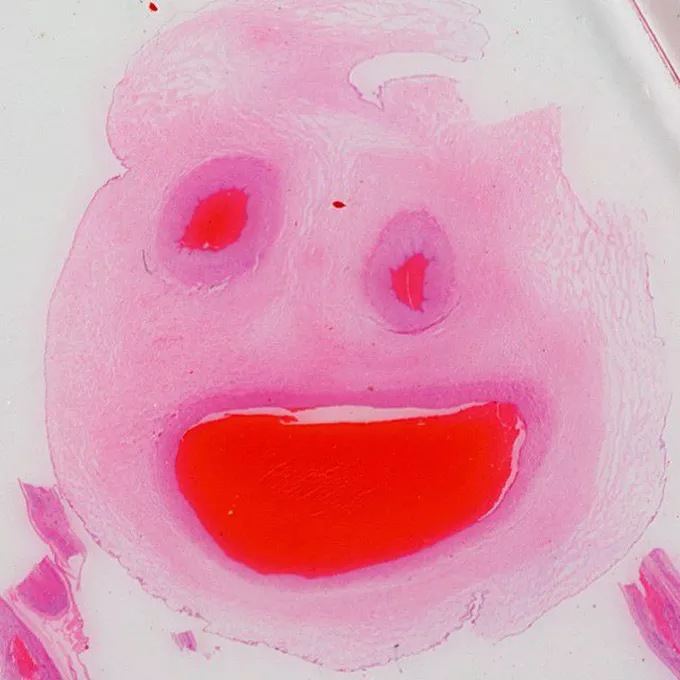Put simply, pathology is the study of disease. I’ve always been fascinated by the topic, and so I sought to enter a field where I could learn and do what I’m passionate about.
Careers and their requirements vary between countries. There are also non-healthcare related career fields you can investigate in relation to the topic. However, I wish to give a brief overview of some healthcare related lab/pathology careers in the US.
HIGH SCHOOL/GED + CERTIFICATION
- Phlebotomist - A phlebotomist draws blood for laboratory testing. It often requires a certification.
HIGH SCHOOL/GED OR BASIC UNDERGRADUTE EDUCATION
- Laboratory assistant - A laboratory assistant will receive laboratory samples that come into the lab, ensure everything is correct, enter information into the computer, and may occasionally perform very simple, basic pre-testing procedures (ex: centrifuge samples and pour the resulting liquid into various tubes for testing). Specific requirements to get a job as a lab assistant vary, but may range from only a high school education to a basic undergraduate science degree.
ASSOCIATE’S DEGREE (typically 2 year degree program and possible certification)
-
Histotechnician (HT) - A histotechnician is involved in processing glass slides of human tissue for the pathologist. They cut small portions of tissue into incredibly thin slices, mount them on a slide, then stain them so the cells can be seen.
-
Medical laboratory technician (MLT) - A medical laboratory scientist performs testing on blood, urine, feces, and other body fluids. It can be a varied career with many different testing departments involved (examples: chemistry, hematology, blood banking, microbiology).
BACHELOR’S DEGREE (typically 4 year degree program and possible certification)
-
Histotechnologist (HTL) - Similar to a histotechnician, but has more education, is generally paid more, and can do a bit more advanced procedures/testing.
-
Medical laboratory scientist/medical technologist (MLS/MT) - Similar to a medical laboratory technician, but has more education, is generally paid more, and can do a bit more advanced procedures/testing.
-
Cytotechnologist - a cytotechnoligst examines slides of body cells (not blood and not tissue) under a microscope to screen for disease. They are most known for reading PAP smears. (Apologies if this is a poor description as I am least familiar with what a cytotechnologist does).
MASTER’S DEGREE (an undergraduate degree and an additional 2 year graduate degree)
- Pathologists’ assistant (PA) - A pathologists’ assistant has special training in the macroscopic appearance of disease. They document and examine things as small as tissue biopsies to large multi-organ resections. They take relevant samples to then be further processed by a histotechnician/histotechnologist. A pathologists’ assistant may also perform autopsies under direct or indirect supervision of a pathologist.
DOCTORAL DEGREE (an undergraduate degree followed by medical school and then a medical residency program)
- Pathologist - A pathologist is a physician with special training in both the macroscopic and microscopic appearance of disease. In a hospital setting, a large portion of their work may involve examination of slides of human tissue or fluid under a microscope for the ultimate diagnosis of disease and the staging of cancer. They may also perform autopsies. A pathologist may also act as a lab director. They do not see patients, but instead answer questions and correlate care with other physicians.
You can divide the above careers into two different types of careers - clinical pathology (blood, urine, feces, body fluids) and anatomic pathology (tissue biopsies, parial or whole organs).
-
Clinical pathology careers - phlebotomist, laboratory assistant, medical laboratory technician/scientist, pathologist
-
Anatomic pathology careers - laboratory assistant, histotechnician/histotechnologist, pathologists’ assistant, pathologist
(Generally I think cytotechnologists are under the anatomic pathology umbrella, but they deal with individual cells as opposed to slices of tissue.)
The order of handling for an anatomic specimen is generally: laboratory assistant –> pathologists’ assistant –> histotechnician/histotechnologist –> pathologist.
The order of handling for a clinical lab specimen is generally: phlebotomist (only involved if the specimen is blood) –> laboratory assistant –> medical laboratory technician/scientist OR cytotechnologist –> pathologist (however, the pathologist is often not involved for basic, routine testing)

